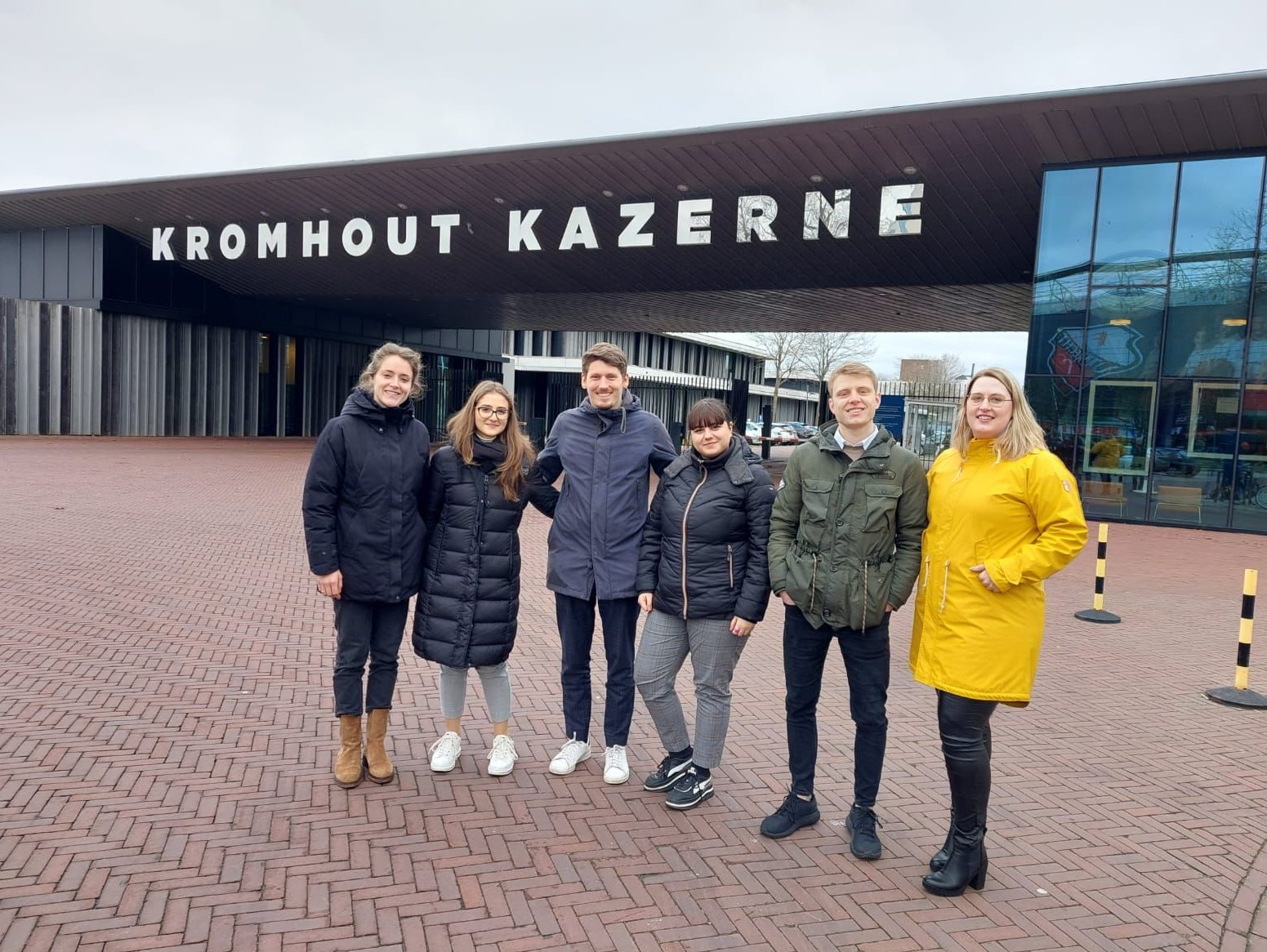CAI – Ethnicity and Language: A regional perspective on Russia
Introduction to the project
One thing that unites the countries of Albania, Bulgaria, the Czech Republic, Hungary, Poland, Romania, and Slovakia is that they were all member states of the Treaty of Warsaw under control of the Soviet Union. Although the Treaty of Warsaw came to an end after the downfall of the Soviet Union, most of these countries were strongly influenced by the Soviet Union over several decades. Due to the current situation in the eastern European bloc, it is of great importance to gain an understanding of the present-day similarities and discrepancies between the former Warsaw Pact nations and Russia. The Section Cultural Affairs and Information (CAI) of the Dutch Ministry of Defense commissioned the University of Groningen to provide an insightful research report, which could be used to educate military personnel about the situation of the former Warsaw-Pact countries in relation to Russia. Our project started with the question “How do the countries (excluding the former DDR) that were part of the former Treaty of Warsaw relate culturally and ethnically to Russia?’’.

Who are we?
Our Team consists of six students from the Faculty of Arts, who share a great passion for history and the underrepresented cultures present in Eastern Europe. Regarding our study programme and our nationality, it can be said that we have a multidisciplinary and multicultural background. The members of the team are Joppe Buist (Communication & Information studies), Paul Denteneer, Thomas Fonk and Lisa Giessenberg (European Languages & Cultures), Valeria Toma (Arts, Culture & Media), and Valeriya Zidarova (International Relations & International Organization). Next to our multidisciplinary background we, and thus also our project, profited from the multinational and multicultural aspects present in our team. Being able to investigate the countries from different perspectives and to research for our project in various languages (Romanian, English, German, Dutch, Bulgarian and Russian) helped to provide an insightful and encompassing research result for CAI.
Our approach
In recent years, the Eastern European region and especially the former Treaty of Warsaw Countries have become an increasingly important area for Dutch military operations. However, to work here successfully it is necessary to understand the cultural values of these nations. Especially in relation to Russia due to their close collaboration in the previous century. The leading question in our research was ‘how do the former Warsaw-pact countries relate ethnically and culturally to Russia?’. Therefore, we first created an understanding of the notion ‘relate’ and what the concept of culture entails. Since culture is a multi-layered concept, our group decided to analyze all countries based on four different elements (and the use of Hofstede's onion model). The elements were: history, religion, ethnicity & language, as well as norms, values, & customs. In a country-by-country analysis the diverse elements were analyzed in connection to each country and compared to the elements (non-) present in Russian culture.
In addition to the country-by-country analysis our team examined the above-mentioned elements in connection with each other. This was one crucial step in our research since it highlighted the similarities and differences between the countries in relation to Russia based on the individual elements.
Our analysis focused also on smaller details. Therefore, our conclusion focused on the broader perspective in connection to the important elements of our research.
Finally, we would like to add that our project is not only meant for educational purposes - we do also hope that it encourages all readers to get further occupied with Eastern European countries and their rich and diverse culture, which is worth exploring…
